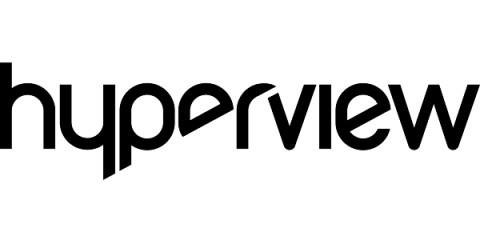Operations | Monitoring | ITSM | DevOps | Cloud
Hyperview
How Real-Time Asset Tracking Transforms Data Center Operations
Using real-time asset tracking, data centers can identify the exact location of any given asset at any given time. This can be extremely useful in ensuring that available resources are optimally utilized. For instance, understanding the current status and location of servers, racks, and other hardware can streamline maintenance operations and reduce downtime.
Hyperview DCIM: 10 Minutes to a Modern Data Center
5 Top Data Center Infrastructure Management (DCIM) Trends
DCIM is not a static field, but rather a dynamic one that evolves with the changing needs and challenges of data center operations. In this article, we will explore the top 5 trends that are shaping the future of DCIM software and how they can benefit data center operators and users.
The AI Boom Will Drive up Data Center Costs and the Need for Control
Data centers are the backbone of the digital economy, hosting the servers, networks, and software that power the internet and cloud services. Data centers consume a lot of electricity, accounting for about 1% of the global energy demand in 2019. As AI becomes more widespread and complex, data centers will need to upgrade their hardware and infrastructure to meet the growing demand for AI processing. This will increase the cost of operating data centers in several ways.
Understanding the Financial Impact of DCIM Software in Data Centers
ROI is a standard business metric calculated by comparing the benefits (or returns) of an investment to the cost of the investment. The higher the ROI, the greater the benefit compared to the cost. But in the case of DCIM software, it’s important to understand that returns aren’t always direct financial gains. They can also include benefits like improved system reliability, greater operational efficiency, and a smaller environmental footprint.
Software Licensing: Subscription vs. Perpetual
Perpetual licensing: This is the traditional model where you pay a one-time fee to use the software indefinitely. This fee often includes initial technical support and updates for a limited period, typically one year. After this, you may need to purchase additional support or updates separately. Subscription licensing: In contrast, subscription licensing involves periodic payments (often monthly or annually) for the duration of use.
Expert Insight on DCIM Software: Types, Benefits and More
This blog post provides an in-depth overview of these options and outlines strategies for optimizing data center efficiency, the role of AI-powered analytics, and important security measures to consider when choosing a DCIM solution.
Hyperview DCIM 3.13 Software Release
Why Cloud Did Not Kill the Data Center
Migrating to a cloud model would reduce costs and let me focus on consumption pricing; reduce complexity by moving backend software and hardware support to the provider; and increase agility by letting my developers use all those nifty new tools that were emerging daily from cloud providers. The data center was heading the way of the dinosaurs! All was good. Everyone was happy. Well, in theory anyway. Until reality kicked in.






